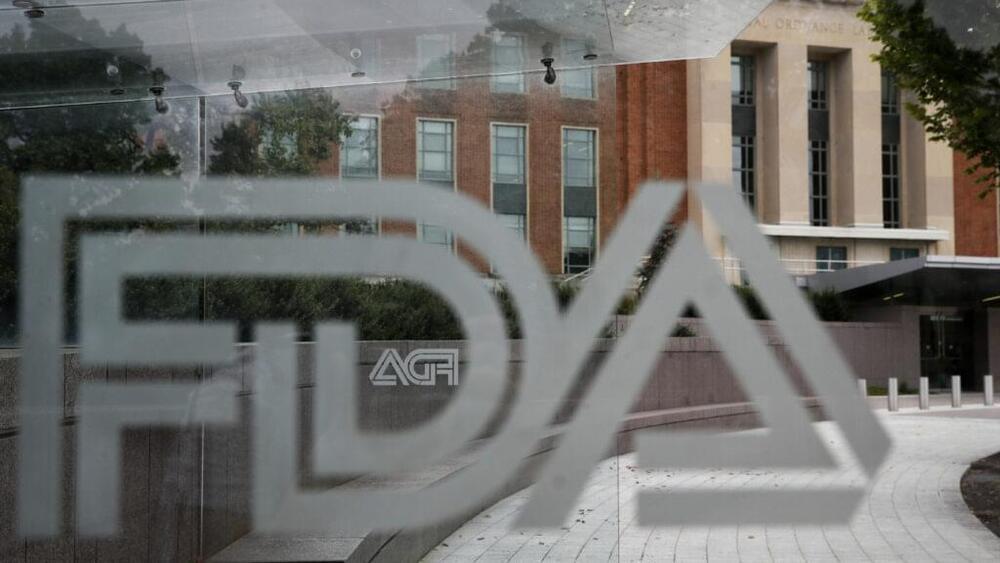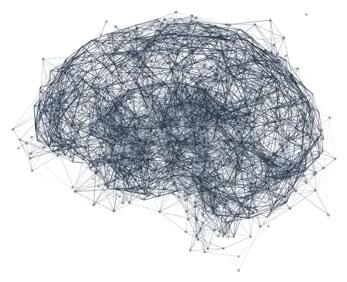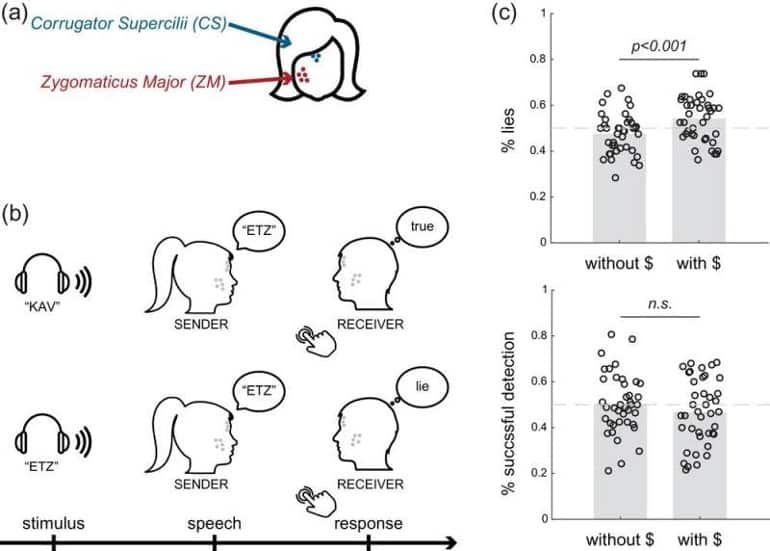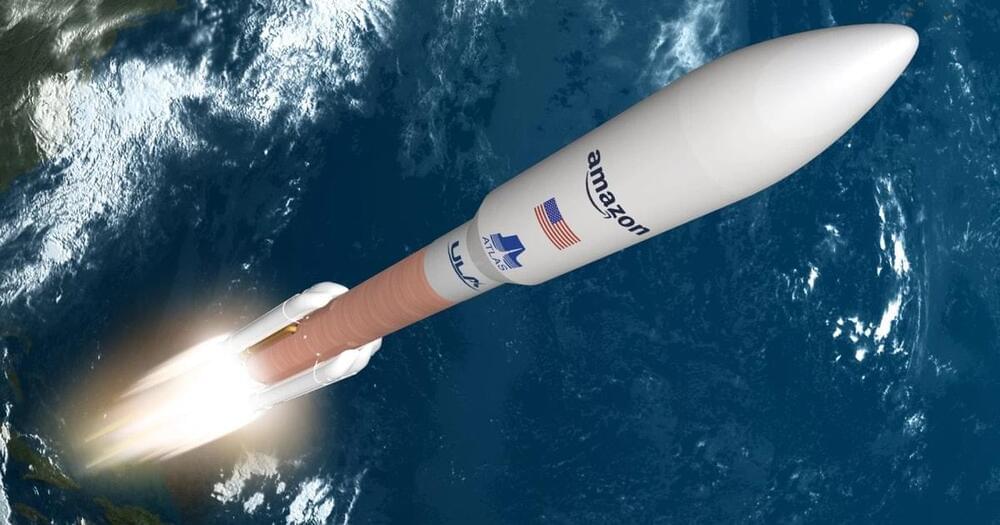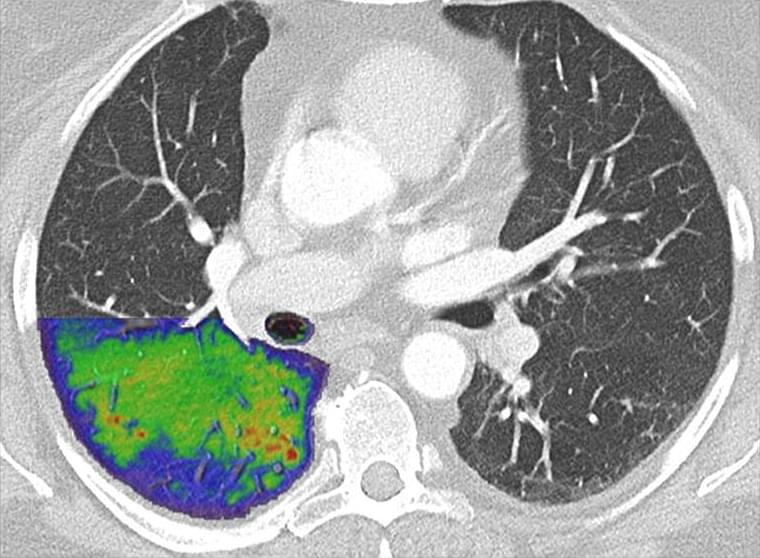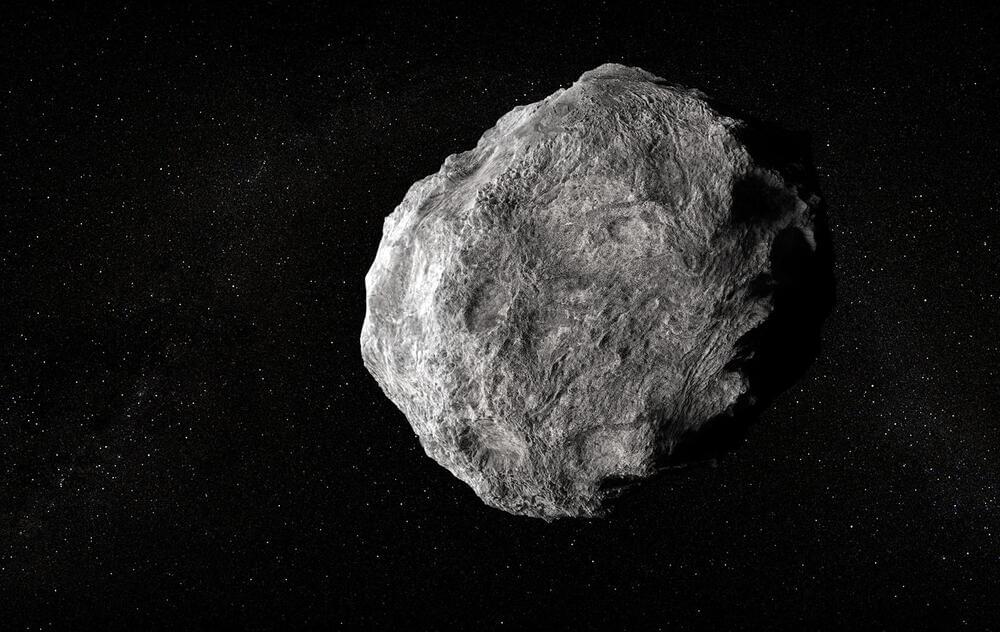Meet Jaimie and Dave, shipping container homeowners who decided to make their dreams come true by building a tiny house out of shipping containers. On their website, you can follow their incredible tiny house journey and learn everything there is to know about building a tiny home. Their tiny house ambitions began after they realized that no matter how many hours they worked or how much money they saved, keeping up with the others around them was weighing them down. They realized they didn’t want to do it any longer, so the pair took a life-altering decision to change the course of their narrative.
After erecting a little house on their new property, the primary intention was to be mortgage-free. They had a small savings account and some basic abilities. Jaimie is an accountant/controller who has never been afraid of a challenge and enjoys the thrill of problem-solving and thinking outside the box. Dave is a fabricator, so metal was right up his alley, and Jaimie is an accountant/controller who has never been afraid of a challenge and enjoys the thrill of problem-solving and thinking outside the box. They convinced themselves that they could accomplish it and set off on their quest.
They spent months scouring the internet for information on how to build a shipping container home and reading all they could find. They discovered they were practically precisely where they started after months of investigation and study. The couple had no idea how to construct a shipping container home. They discovered the internet, as well as a few of resources from other DIYers, to be somewhat useful, but nothing that worked with what the couple intended to achieve. So they reasoned that putting two metal boxes together and making them livable couldn’t be that difficult, and that it couldn’t be that expensive.

